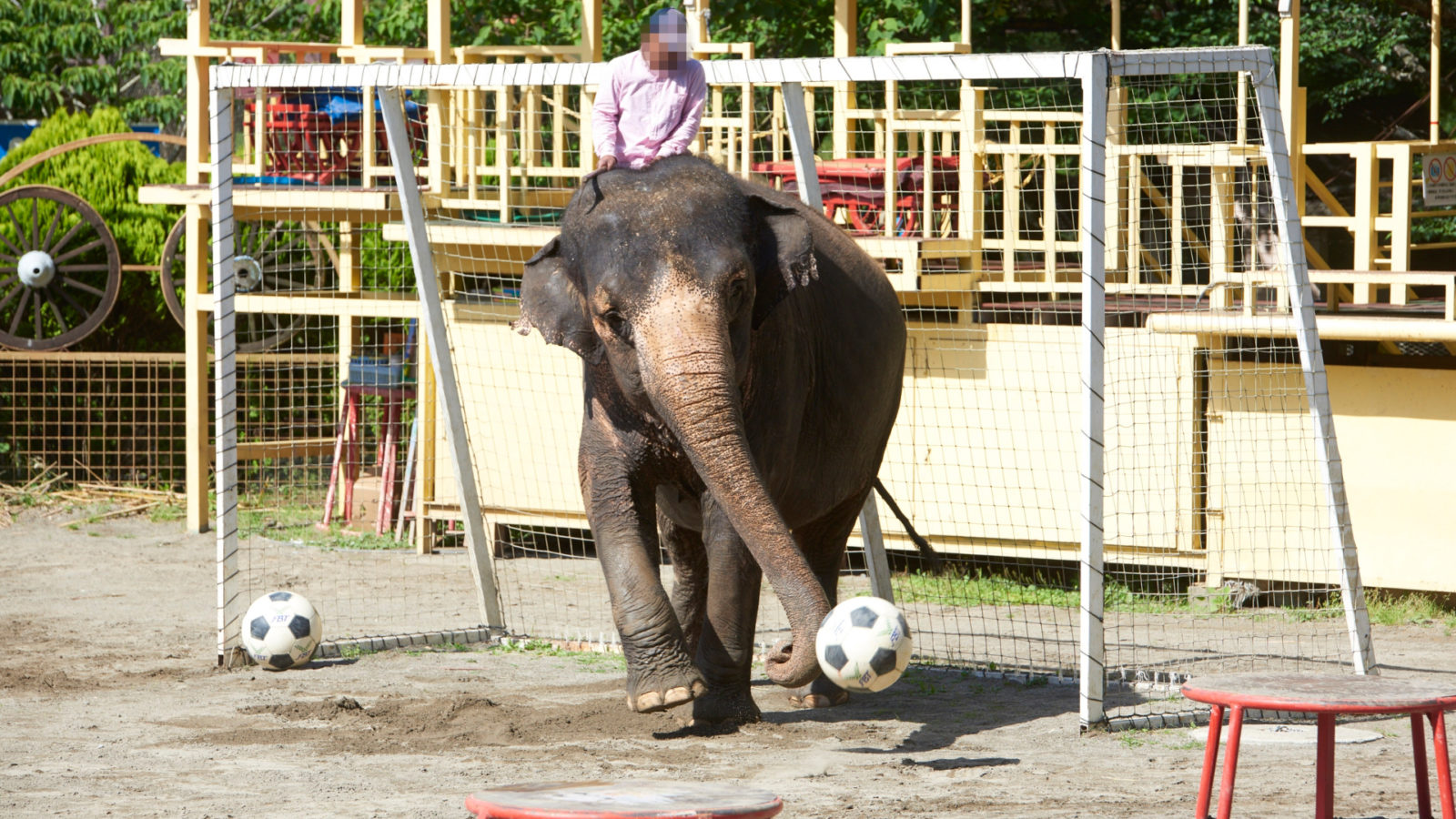
From riding elephants to feeding monkeys, animal tourism is a major money-maker for plenty of hotspots around the world. But how can everyday travellers know if the place they’ve decided to visit is truly animal-friendly or if it’s just there to take advantage of willing tourists and helpless animals?
With World Wildlife Day approaching on March 3, the World Animal Protection organisation collated a number of tips to help you differentiate what a proper sanctuary should look and feel like for both animals and visitors.
Ben Pearson from the organisation said that it’s not uncommon for tourists to head to areas that they believe to be safe animal sanctuaries only to discover that they are the furthest thing from it.
“A venue may call itself a sanctuary, rescue centre or retirement home for animals, but don’t assume this means it’s higher welfare,” he said.

Research from the Wildlife Travel and Tourism Council found that wildlife tourism including viewing and experiencing animals in their natural habitat directly contributed $120.1 billion to global economy which was over five times more than that of illegal trade in wildlife. The report also concluded that globally 21.8 million jobs are supported by wildlife tourism.
But as a tourist, separating the good from the bad can be difficult without knowing the full story behind the place you’re visiting. This is why World Animal Protection came up with a few easy identification points to help those wanting to make a stand against unethical tourism.
To know if any sanctuary around the world is truly animal-friendly it will:
After close examination of a number of animal sanctuaries around the world, World Animal Protection have released an approved list of places that meet the criteria above.
These include Libearty Bear Sanctuary which is a Romanian venue for rescue bears, Boon Lott’s Elephant Sanctuary in Thailand which boasts a 750-acre home for elephants and, also located in Thailand, Burm and Emily’s Elephant Sanctuary.